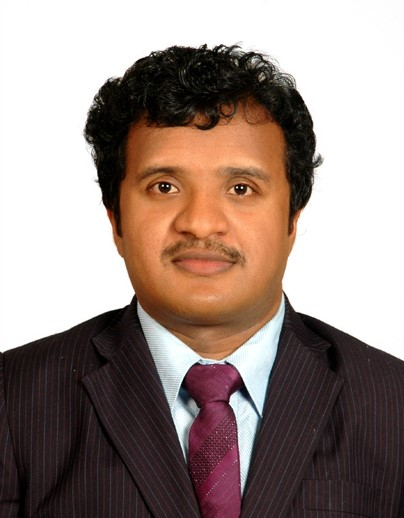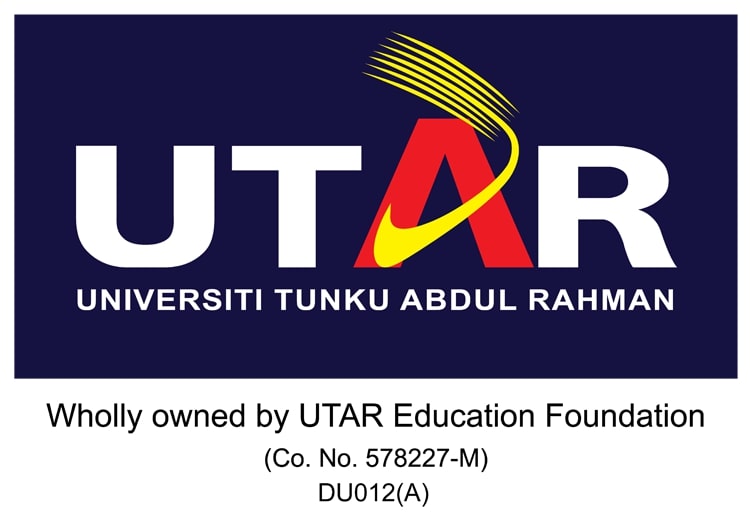Invited Speaker

Dr. Pratap Kollu
Center for Advanced Studies in Electronics Science and Technology (CASEST),School of Physics, University of Hyderabad, India
Speech Title: Microwave-assisted Solvothermal Route for One-step Synthesis of Pure Phase Bismuth Ferrite Micro Flowers with Improved Magnetic, Dielectric, and Optical Properties
Abstract: The prototypical plum-free, one-phase multi-ferric ferrite, BiFeO3 (BFO), is solid, parallel with high ferroelectric Curie-temperature, Neel-temperature, ferroelectric, and antiferromagnetic propagation. This work aims to synthesize pure phase BFO in the quickest possible way. We have used the microwave-assisted solvothermal (MWAST) method to achieve pure phase BFO in the record of the shortest duration of three minutes. The experiment follows simple optimizations with KOH concentration and microwave power levels. The surface morphology and magnetic properties of BFO synthesized via the MWAST method are altered with varying KOH concentrations. Our XRD findings reveal that pure phase BFO is formed at 800W microwave power. The field emission scanning electron microscopy (FESEM) and EDAX data display the formation of uniformly distributed pure phase BFO flowers of spherical shape, which DLS further confirms. The magnetic measurements affirm the reliable weak ferromagnetic behaviour for the sample synthesized at 800W microwave power with a magnetization value of ~1.25 emu/g. From the frequency-dependent dielectric studies, it was observed that the BFO synthesized at 800W shows good dielectric behavior and low dielectric loss indicating an excellent frequency response of the material.
Further, the ferroelectric properties were studied at room temperature using a ferroelectric Analyzer. The polarization of pure phase BFO is observed to be increasing with an increase in applied electric field and exhibited the unsaturated P-E loops due to leakage current. The FTIR spectra of the synthesized material showed the pure phase BFO, and Raman spectra indicated its fingerprint by elucidating the vibrational modes of BFO. Collective study and the optical properties of BFO revealed that the material synthesized by this method could be a potential candidate for multiferroic semiconductor applications.
Biography: Dr. Pratap Kollu is an Assistant Professor at the Centre for Advanced Studies in Electronics Science and Technology (CASEST), School of Physics at the University of Hyderabad, India. He is also a Newton Alumnus researcher at Cavendish Laboratory, University of Cambridge, UK. His PhD in Materials Engineering is from Chungnam National University, Daejeon, South Korea. He completed his MPhil and MSc in Electronics from Andhra University, Visakhapatnam, India. He is a gold medalist from the university during his master’s course. His post-doctoral positions are at Tyndall national institute, Ireland, the Indian institute of technology (IIT) Bombay and at the University of Cambridge, UK. He is awarded the Newton International fellowship jointly by the Royal Society, UK and the British Academy, UK, and he is awarded the INSPIRE faculty fellowship by the Department of Science and Technology (DST), Government of India. His research areas include designing and fabricating magnetic sensors, porotype development for navigation and biosensor applications. He also works on 2D material metal nanocomposites for energy, multiferroics and water purification applications. He has published in 92 international peer-reviewed journals. He is also a recipient of the young scientist award during the 9th international conference on advanced materials and processing held at Northeastern University, Shenyang, China (2018). He is also the recipient best presentation at CMSE 2021 conference. He is an invited speaker at 45 international conferences held in India, China, Peru, New Zealand, UK and USA.


